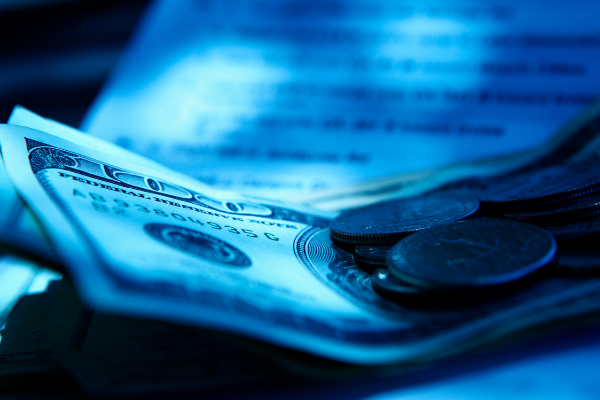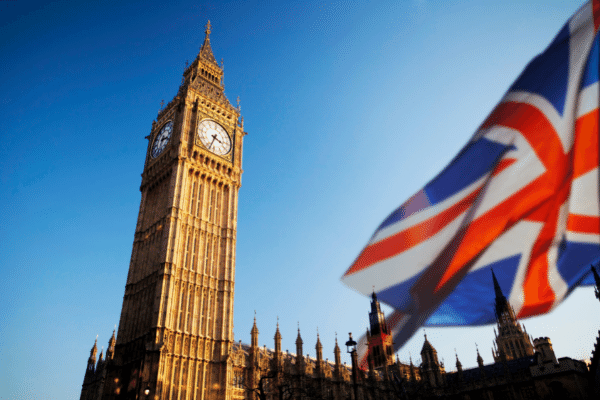
- In a market starved of good news, investors took the Fed’s meeting minutes as the signal to head back into the markets, especially since valuations had taken a beating.
- But investors may be in for a surprise, especially if an already tight labor market delivers some strong numbers.
Judging by the strength of the rebound in stocks last week, investors would be forgiven for believing that the U.S. Federal Reserve had taken a dovish pivot.
Pouring through the minutes of the last U.S. Federal Reserve meeting, there were signs that policymakers may not be as aggressive in their rate hikes as thought, concerned that yanking the cord too fast could risk spurring unemployment.
In a market starved of good news, investors took the Fed’s meeting minutes as the signal to head back into the markets, especially since valuations had taken a beating.
Signs of weakness in U.S. economic data published this week have also lowered expectations over how high the Fed will rate rates this year.
But investors may be in for a surprise, especially if an already tight labor market delivers some strong numbers.
Although the unemployment rate is expected to have fallen to its lowest in the U.S. since the start of the pandemic, the U.S. Department of Labor is expected to report on Friday that just 318,000 jobs were added in May, a slowdown from 428,000 from the previous month, according to a FactSet poll of economists.
Economist forecasts for employment over the past three of four months have been well below the reported number, in other words, a tight U.S. labor market has often surprised on the upside and could see a sharp correction in stocks if that were the case.
Evidence that there continues to be upwards pressure on wages could reignite inflation fears that had only just begun to cool, with market measures of inflation falling in recent weeks and growth in consumer prices in April slowing.
Which is why investors buying strongly last week may be in for a bit of a reality check, especially if a strong jobs report on Friday emboldens the Fed to take stronger action to crack down on inflation, in the belief that the U.S. economy can weather such measures.



